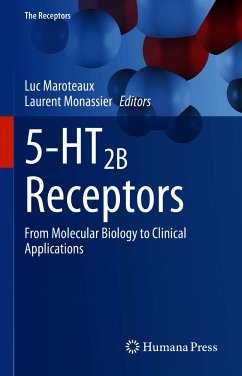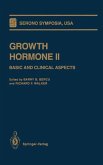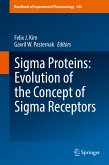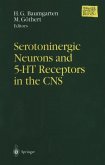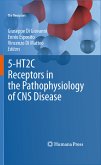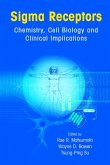This contributed volume provides a comprehensive assessment of the roles played by 5-HT2B receptors in humans. These receptors have been shown to play an important role is the cardiac, intestinal, and central nervous systems as well as in bone marrow formation and growth. In this book, expert researchers present their findings on molecular and physiological/pathological aspects of 5-HT2B receptors. The molecular section includes a discussion of the genetics of 5-HT2B receptors and impulse control. The physiological section covers their role in many biological systems including the nervous system, the heart, and the lungs.¿
Dieser Download kann aus rechtlichen Gründen nur mit Rechnungsadresse in A, B, BG, CY, CZ, D, DK, EW, E, FIN, F, GR, HR, H, IRL, I, LT, L, LR, M, NL, PL, P, R, S, SLO, SK ausgeliefert werden.

